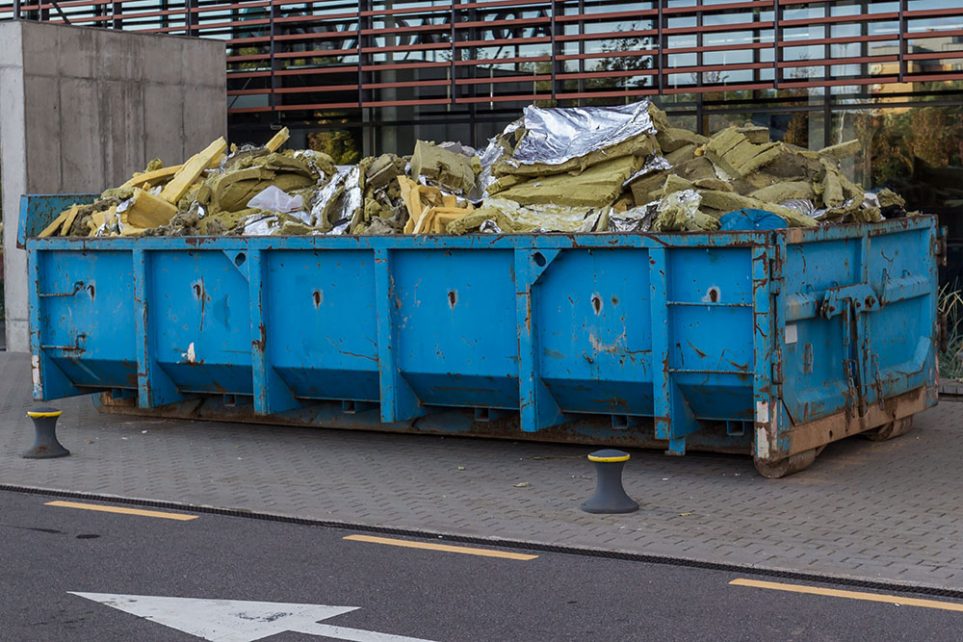Why do I need Skip Fill Monitoring?
Can you save money on fuel costs and reduce emissions if you plan a route that lets you pick up skips in the most efficient way? Do you have contracts with businesses, like newspaper printers, that rely on having skip capacity to run their businesses efficiently? Will customer satisfaction and recommendations increase if you can collect a skip as soon as it's full, without your customer having to call you?
If you’ve answered yes to any of these questions then your business may benefit from a monitoring solution that can automatically alert you when your skips are full and ready for collection.
How does it work?
What do I need to think about?
Return on investment
Before implementing any type of technology you need to decide whether the benefit that it will bring to your business is worthwhile when weighed up against the associated costs.
The benefits may be:
- Reduced fuel costs and emissions, gained through better route planning and less wasted journeys
- Avoiding overfilled skips
- Increased return per skip as they are collected and re-hired in a more timely manner
- Knowing where each skip is located
- Avoiding contract penalties for not replacing a skip in time
- Increased customer satisfaction when skips are removed as soon as they are full
The costs may include:
- The cost of the monitoring unit and installing it in each skip
- The data transfer of receiving an alert from the skip
- A subscription charge for any application/portal that provides a fleet wide view of all of your skips, locations and associated state
- Training staff on the new way of working
Location of operation
This type of monitoring solution will use some type of wireless communication to send the alerts. It is important to consider where your skips are placed on customer premises - are they ever underground, say in a car park or inside a large industrial unit? These factors may determine which wireless communication is used because some are better at reaching in buildings and under ground than others.
Power Supply
The power supply for the monitoring device, as you might have guessed, is highly likely to be a battery. But you don’t need to worry about replacing batteries too often, as the wireless technologies for this type of application have been specially designed to use very little power and so the batteries can last for almost 10 years.
Tracking
Do you need to track your skip as it’s moved around? If so then that means you’ll need to use a wireless technology based on the mobile networks as they are able to stay in touch with the network as they move from one cell tower area to another.
Data Transfer
You might be wondering how much data will be used to monitor your skip. If you’re just getting alerts that it’s full then it will use a tiny amount of data - just a few bytes. So you don’t need to pay for any type of device that can handle large amounts of data.


